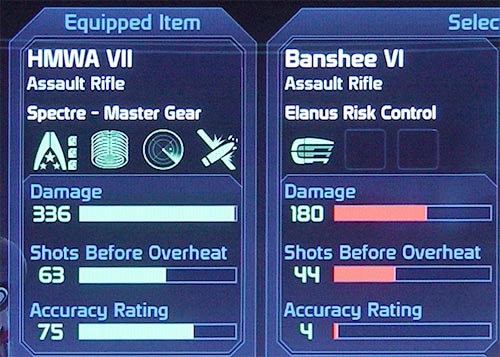After discussing my progress and thoughts with Norm and Joe, I come up with some new priorities for my work for the semester. Rather than attempting to do a lot of things okay, I plan on picking a few features and doing those very well. The features that I want to focus on that I have not seen done well from competing nutrition apps will involve nutrition visualization and meal recommendations.
Most apps that I have seen either track only calorie counts (ie. Live Strong), or ignore nutrition in general and give a rating or point value for each food item (ie. Weight Watchers). What is clearly missing is any tracking of other nutrient values. What I aim to do is provide an robust but clear interface for observing how much of each nutrients you can get from a particular food. For instance, I might have a bar chart, having one bar for each nutrient. The bars would show how much, in terms of daily recommended value, he food provides. I guess a good way to think about this style of visualization would be in relation to RPG games that have weapon statistics. The weapons have statistics that on their own are completely meaningless, but because they are shown with some features, such as filling up a portion of the bar and thus showing how close to optimal that stat is. Being able to compare directly to another item can really help to see how it matches up relative to everything else.
 |
| I'm looking for a visualization system that makes comparison easy and simple. Video games may be a good inspiration. |
Once this visualization system is in place, a helpful addition would be to give food recommendations. The user will be able to see how much nutrients he is eating and whether he has too much or too little. What the user might find tough at that point is that he now needs to find food that will help to fill in the gaps in his diet. My next goal will be to automatically observe what is missing in the average daily meals, and provide a recommendation on what should be added to the users diet.
What this will require is having a large database of different food items (its hard to make recommendations if you don't know any foods). Fortunately, I found that the
USDA website has a large database of food items. The database has what looks to be a reasonable structure, but its not very human readable. What I will look at for the next few days is the format of the database and likely writing a quick python script to make sure that I know how the database is built and that it really has the information taht I think it does.
My plans for Fall Break will mostly include getting an inputted food item stored into a local database, and parsing the USDA nutrient database and finding a reasonable format to store it in-app.
